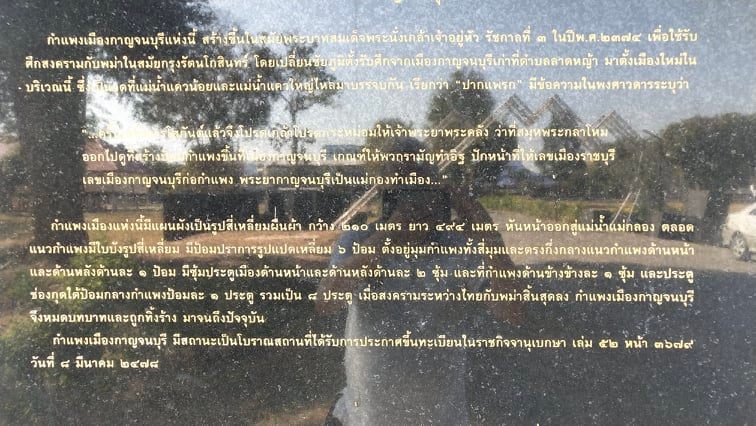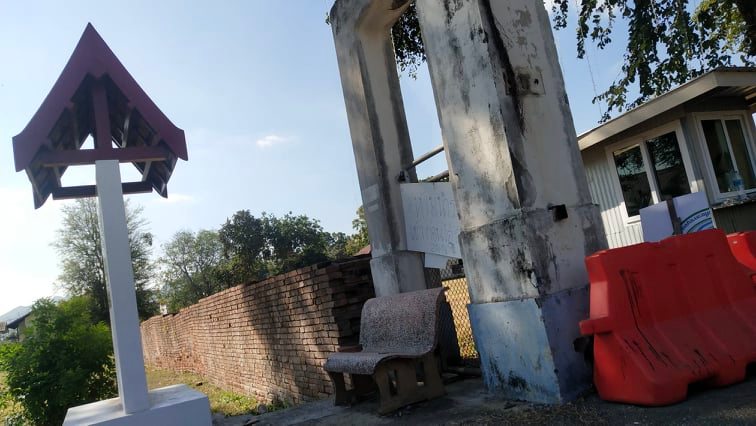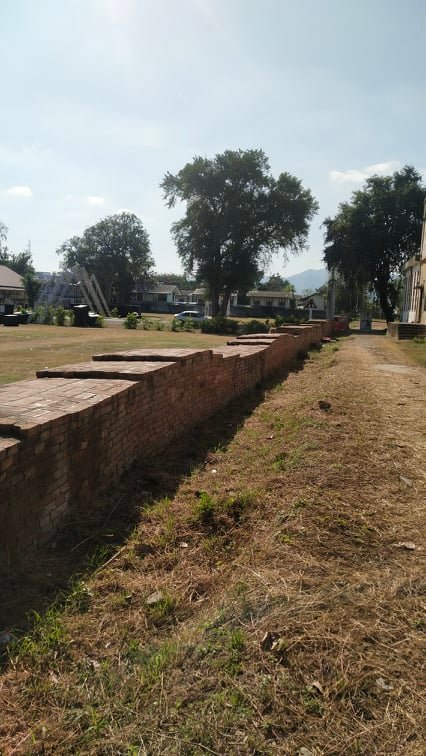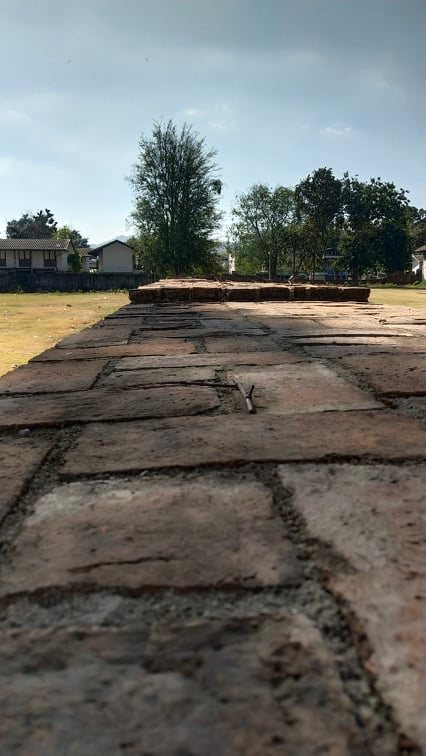Update June 2023:
In perusing records archived by the British Military, I learned that there was a POW cemetery on the grounds of the factory. It seems almost certain that the small cemetery was located precisely where the original JEATH museum is today.
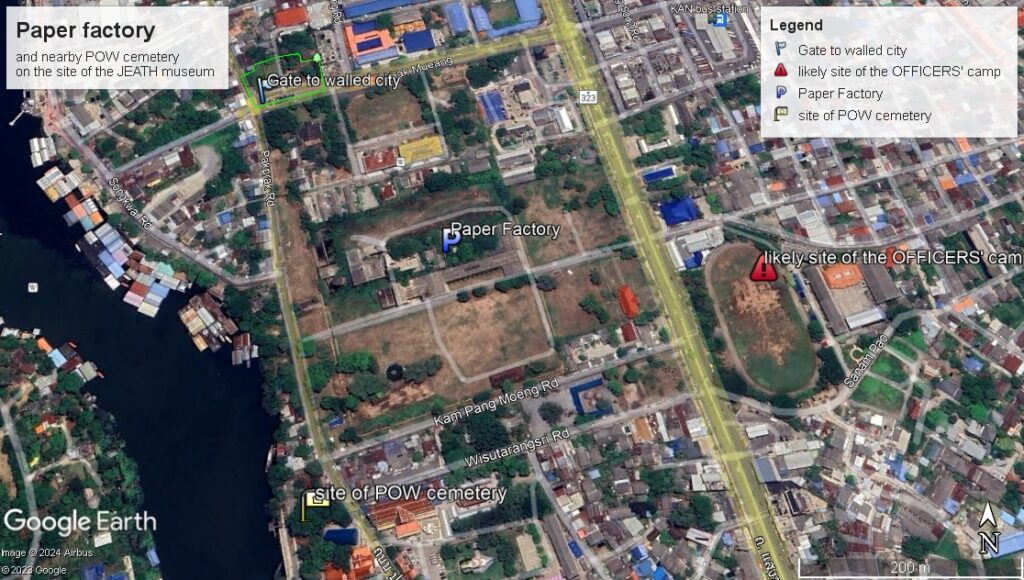
Original text:
This large factory dates back to 1938. It was owned and operated by the Royal Thai Army. It made paper from bamboo that was used for printing Thai money.
The factory figures prominently in the memoirs of British Lt John Coast. He relates that in the late spring of 1945 the IJA guards began to separate the officers from the ‘other ranks’. They moved the officers to a compound on the far SE end of the large Kanchanaburi camp [1]. From there they were processed for movement to the newly built Nakorn Nayok camp.
Immediately post-war the local Thais entered the Allied area of the camp bringing food and other items. Some of them were members of the factory staff.
Today, it is a derelict building but surprisingly much of the iron machinery is still in place. One would think that it would have been re-cycled for the iron content by now.
[1] Seemingly, this camp was very near the Aerodrome that was located just NW of the factory. In the GE image above, it would overlay the current bus station.
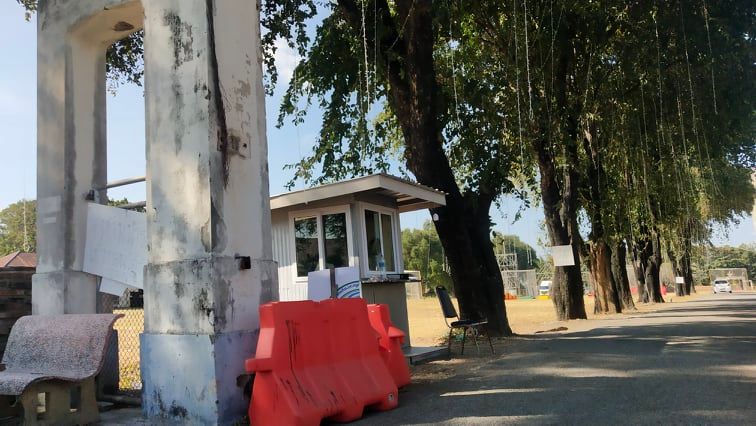
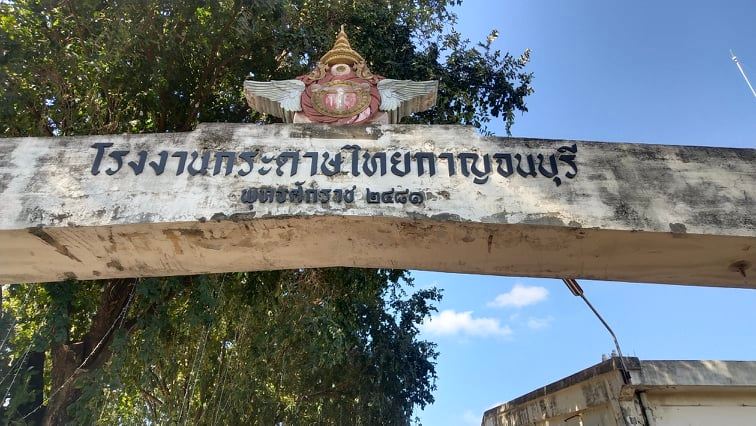
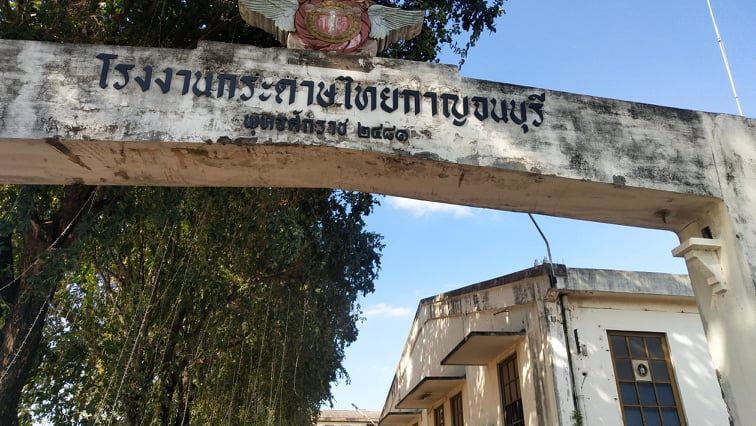
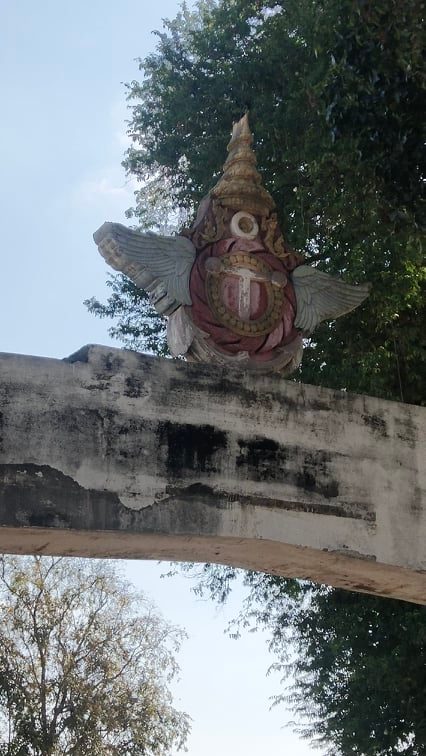
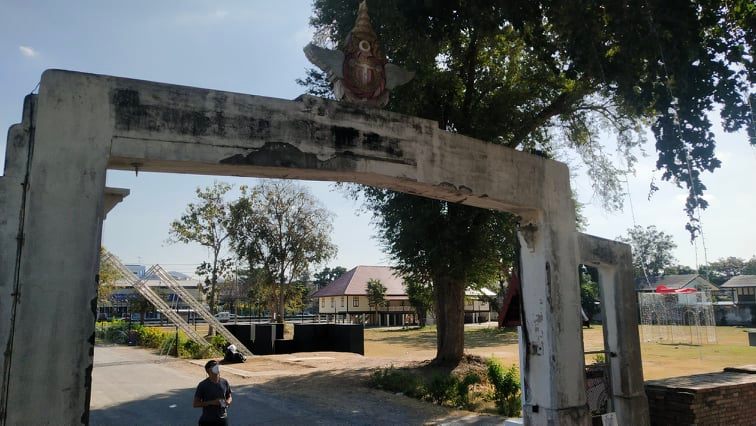
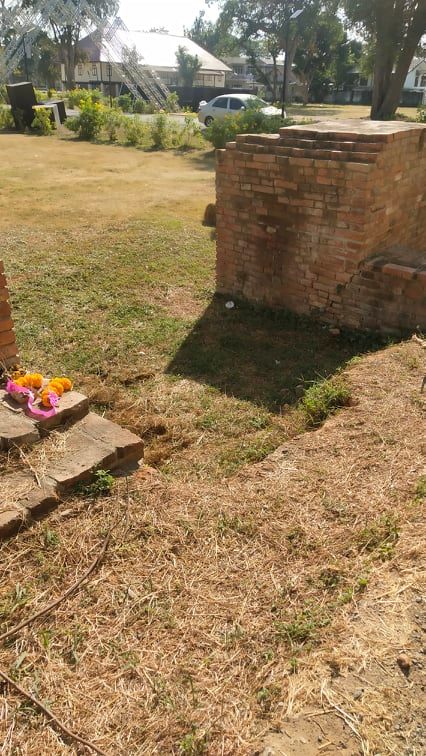
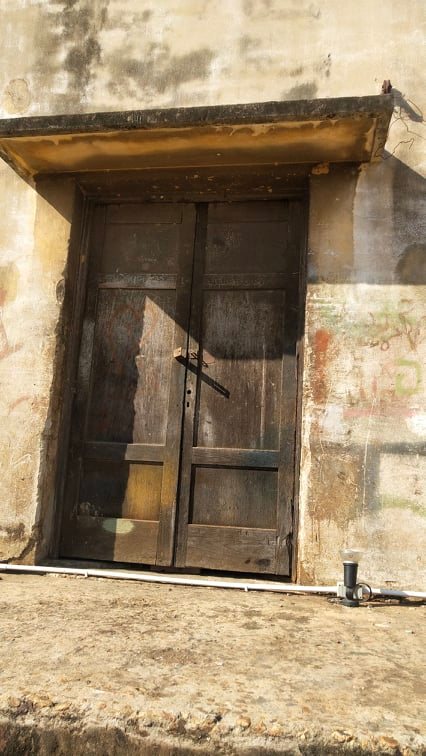
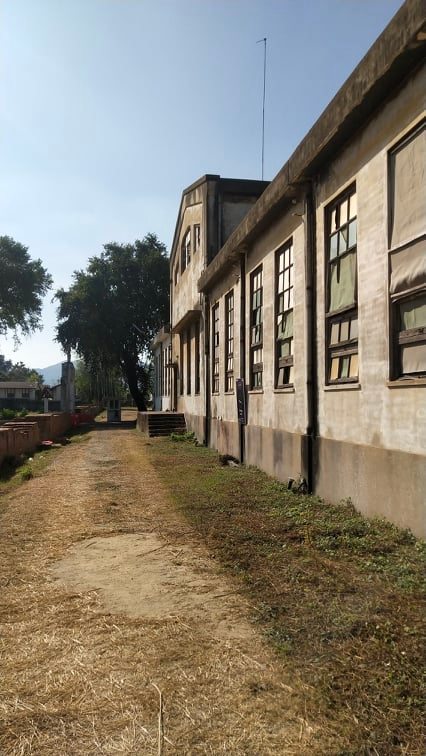
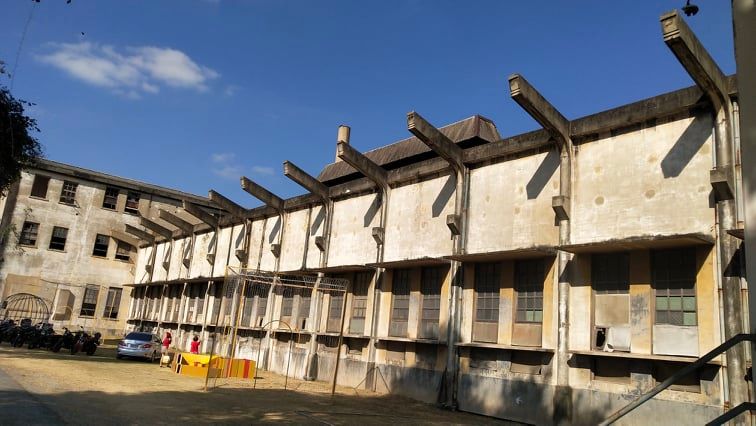
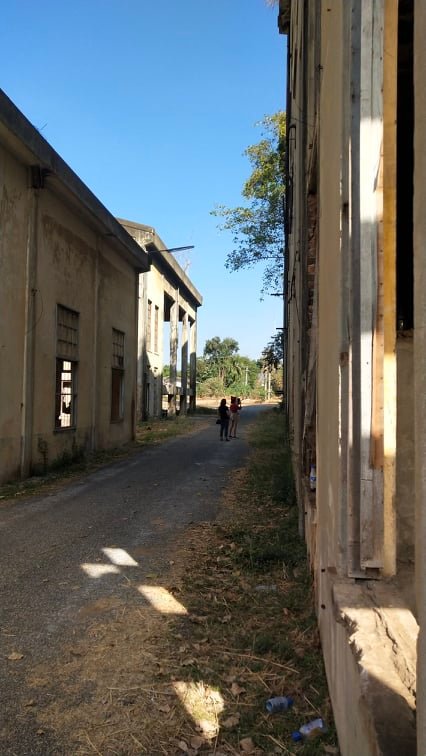
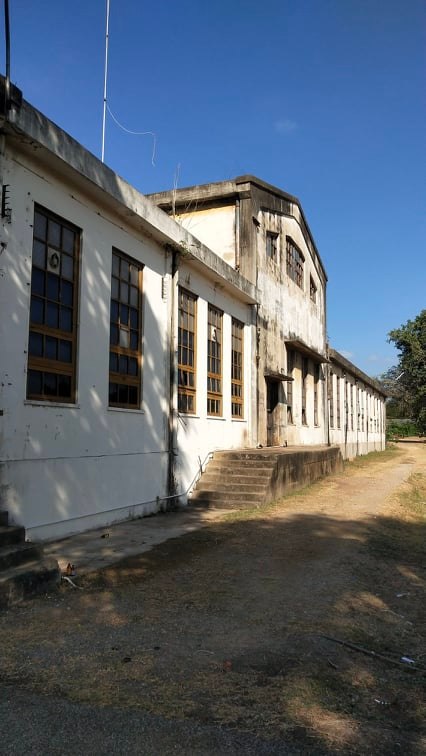
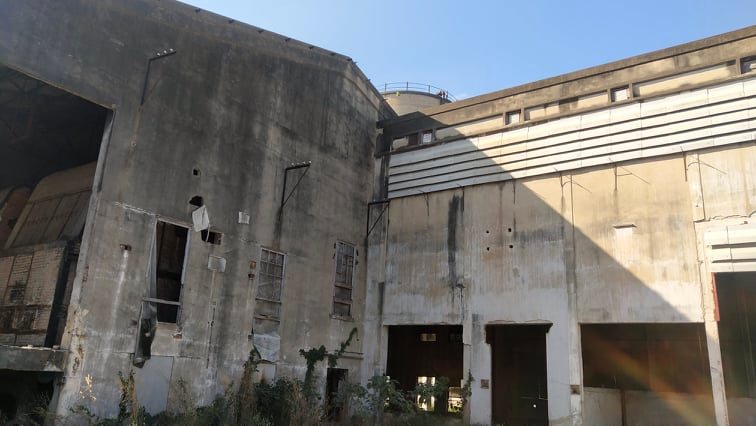
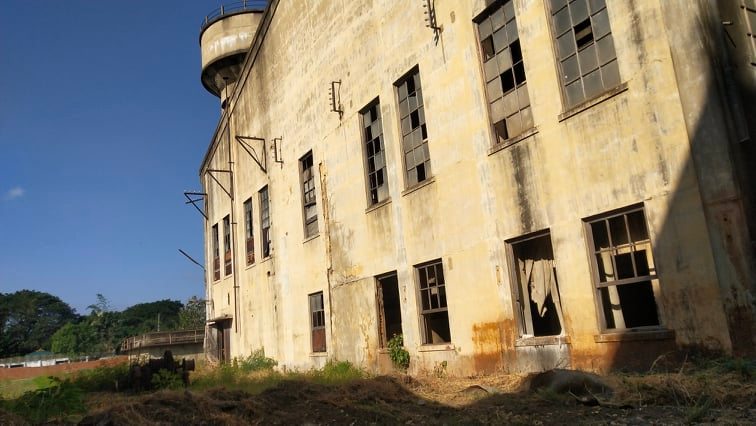
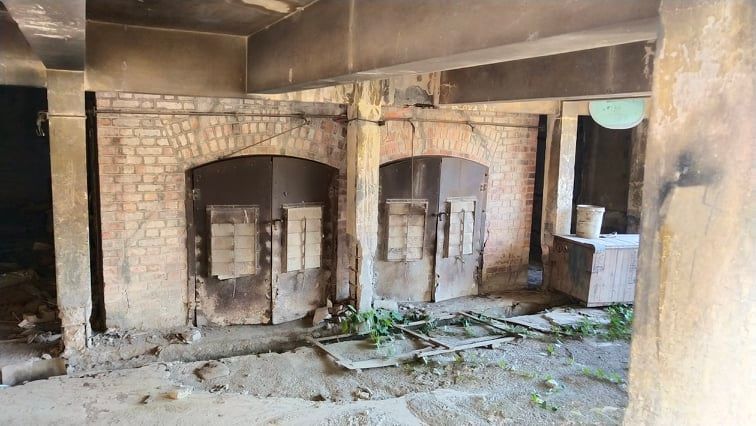
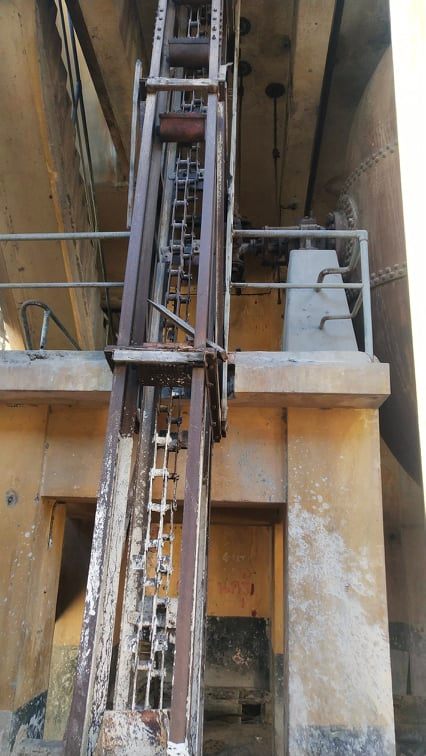
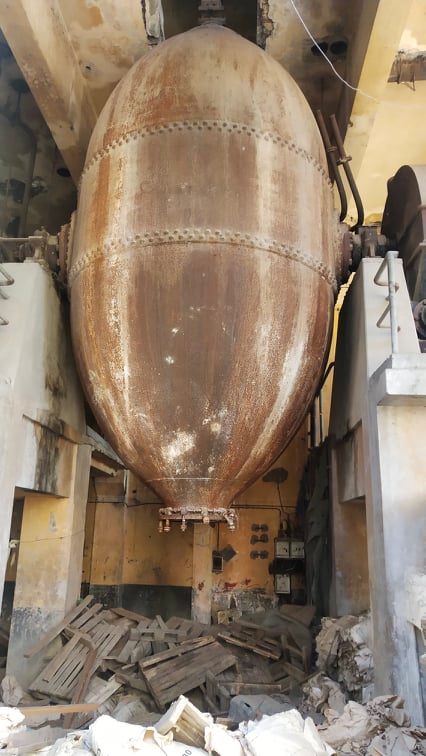
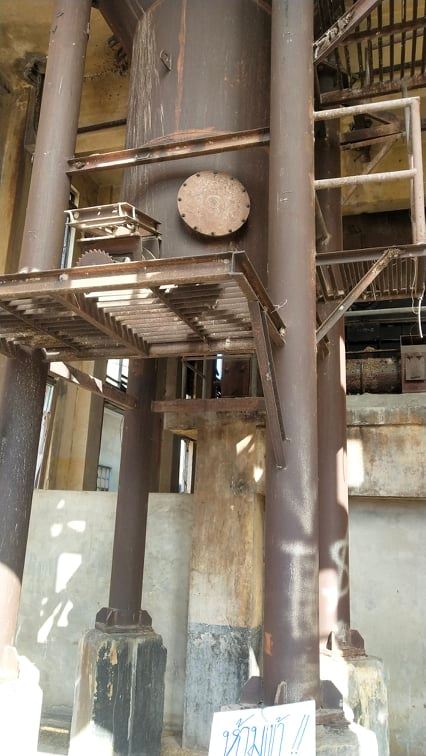
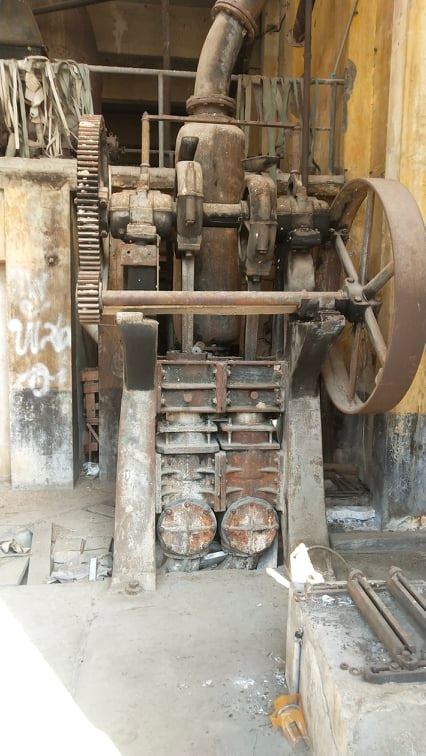
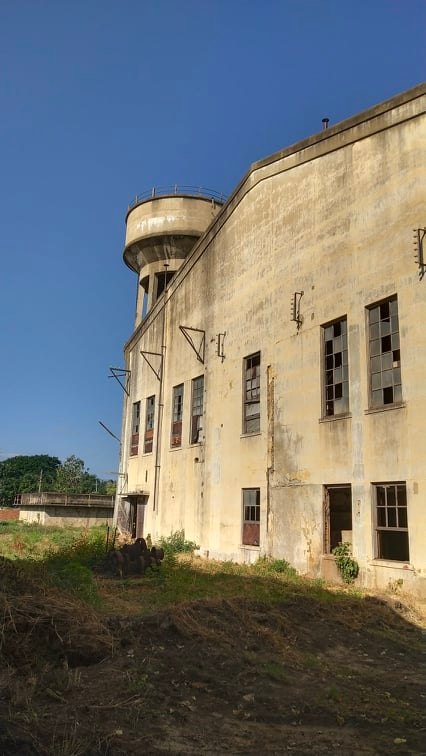
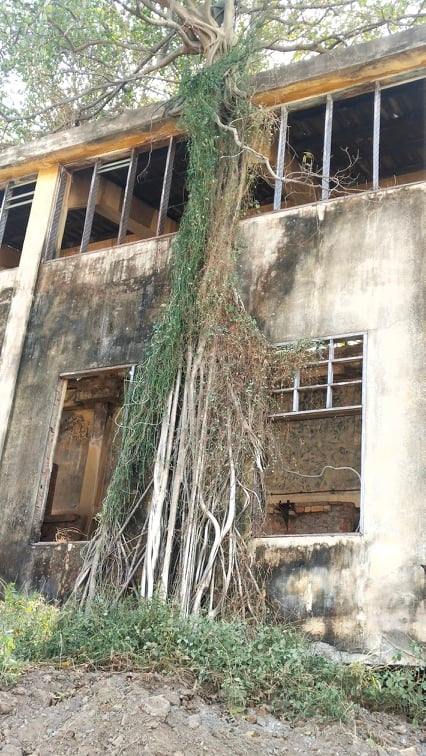
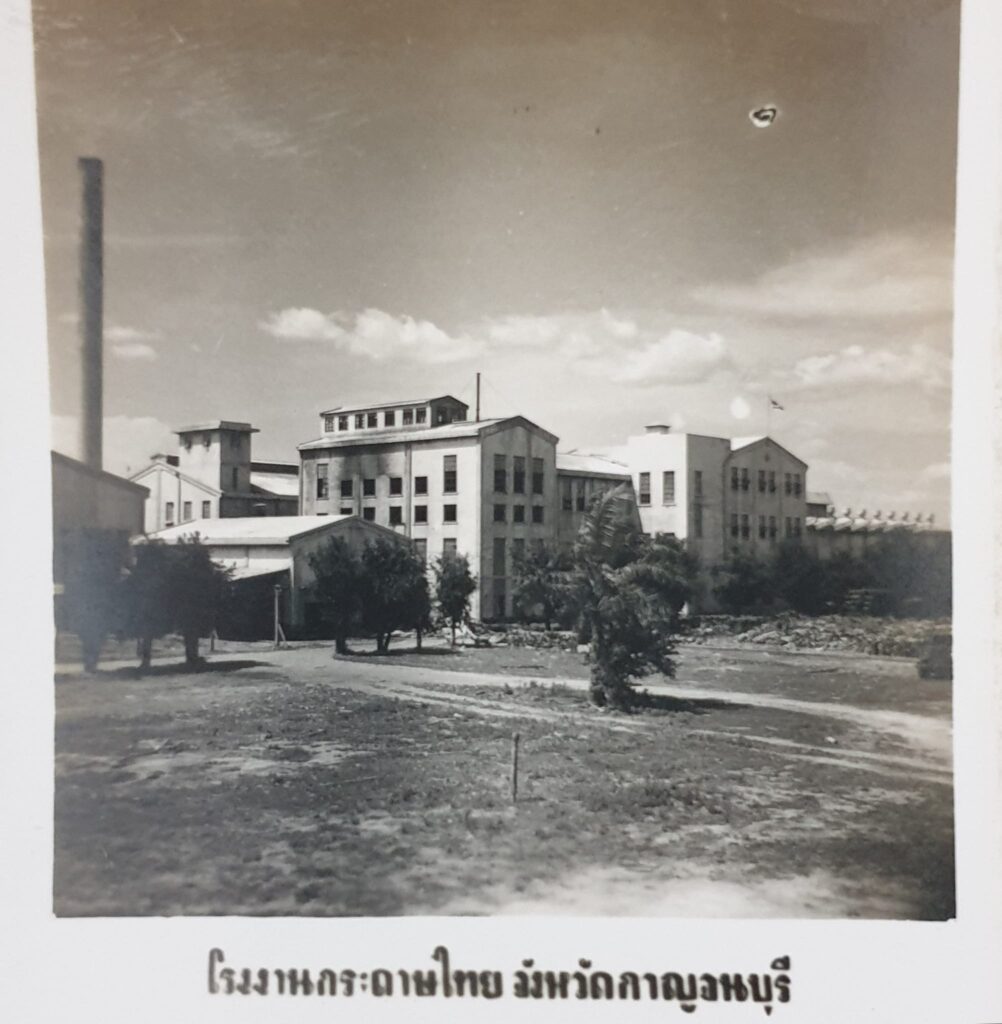
It appears as though – as of Jan 2022 – the Thai authorities are planning to renovate and up-grade this building to a new tourist attraction. It will require quite an effort and large sums of money to render it safe for entry.
Drone footage courtesy of Dan Manners:
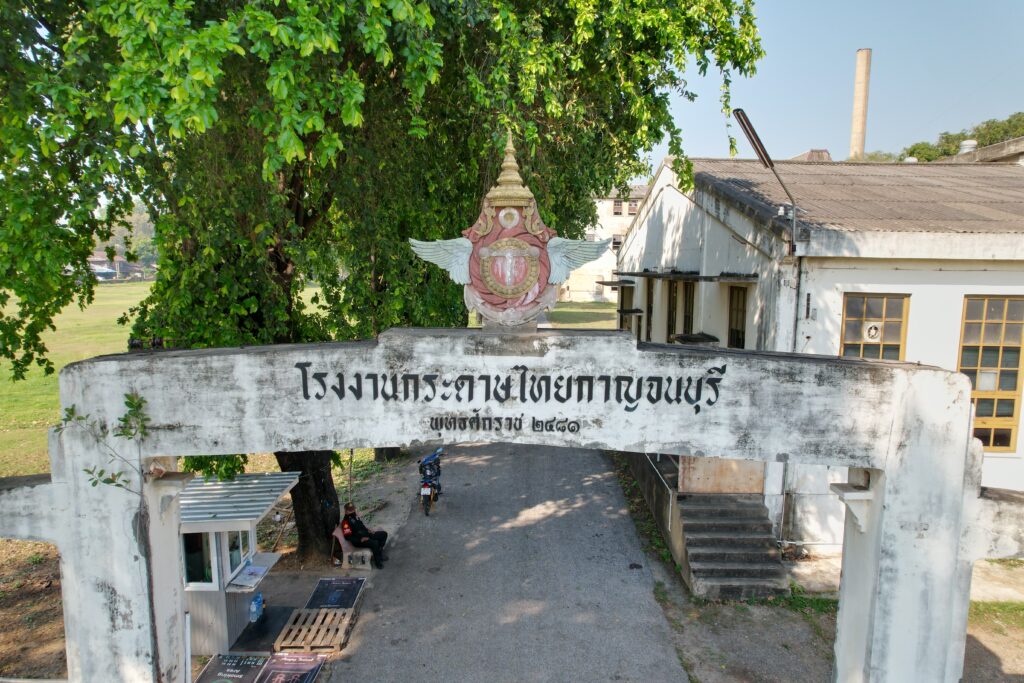
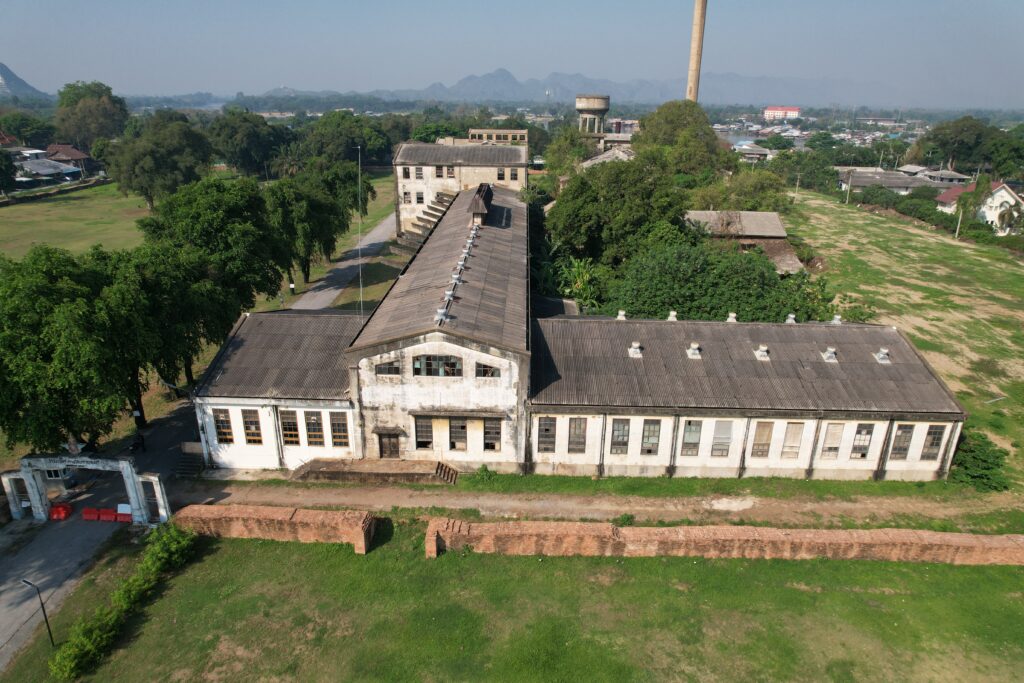
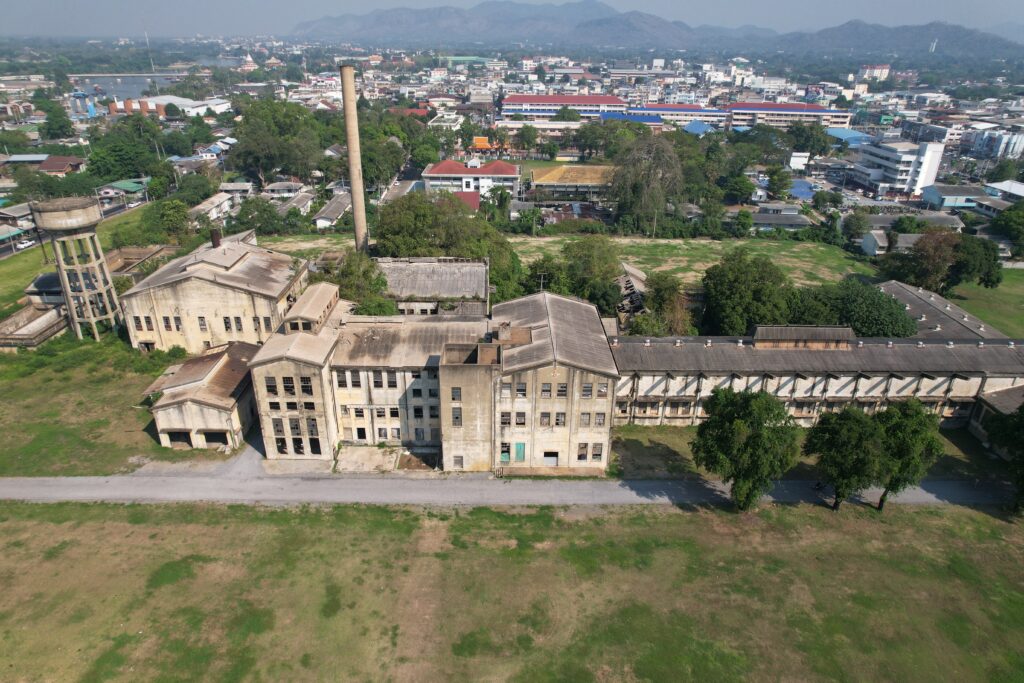
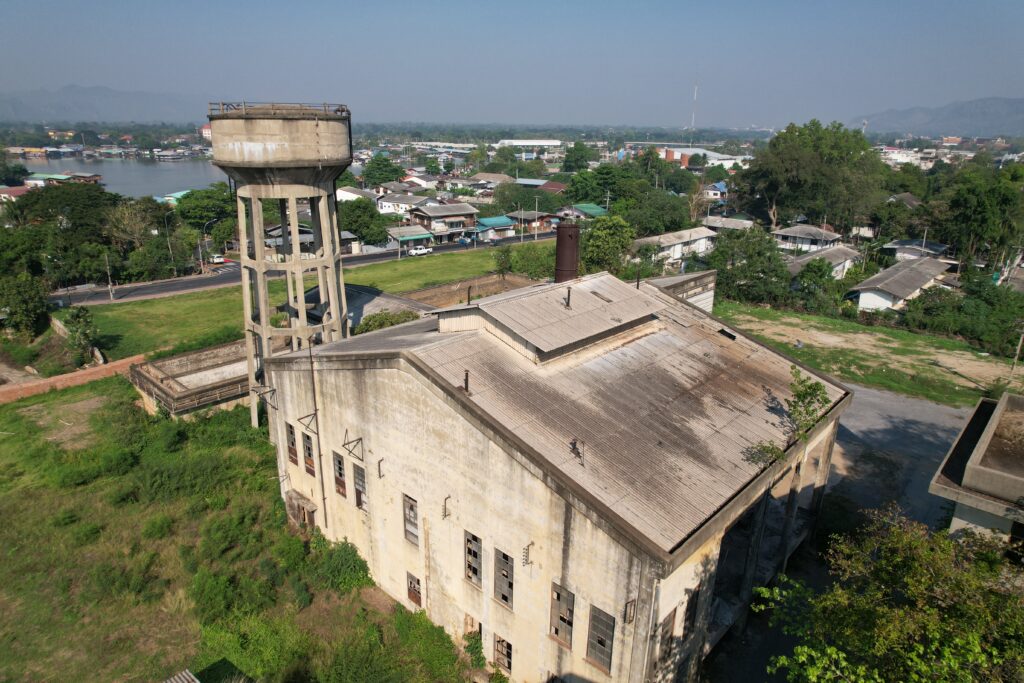
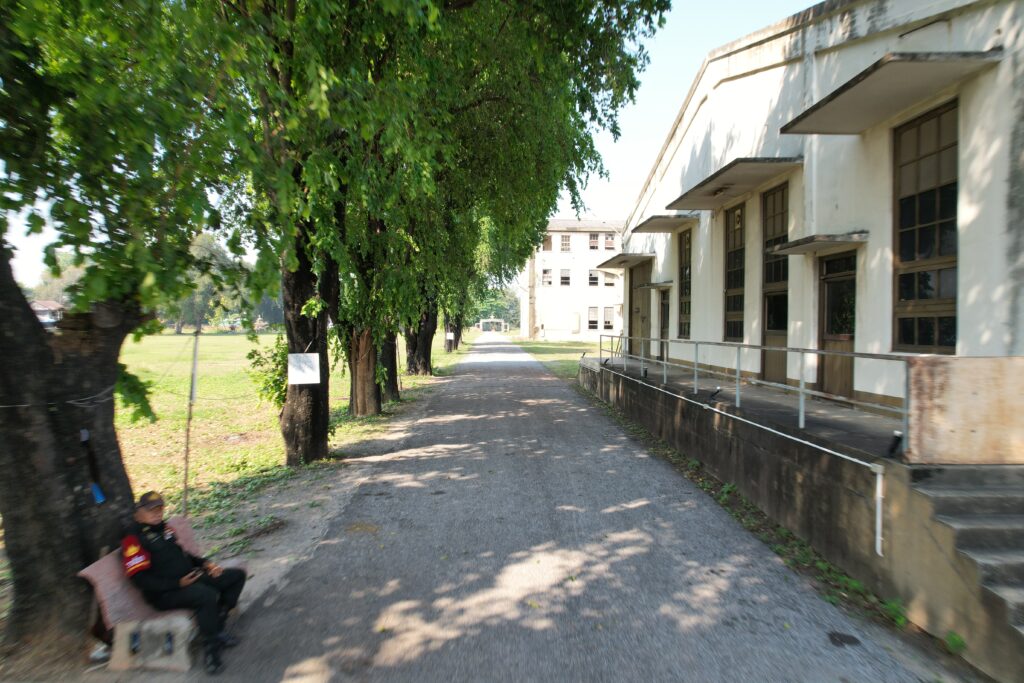
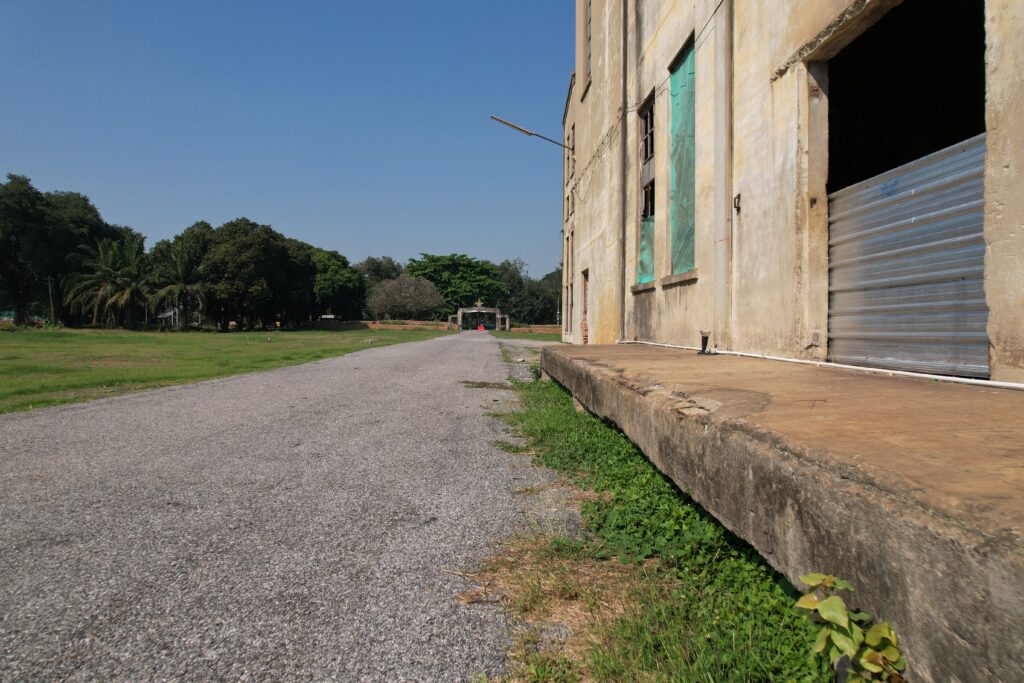
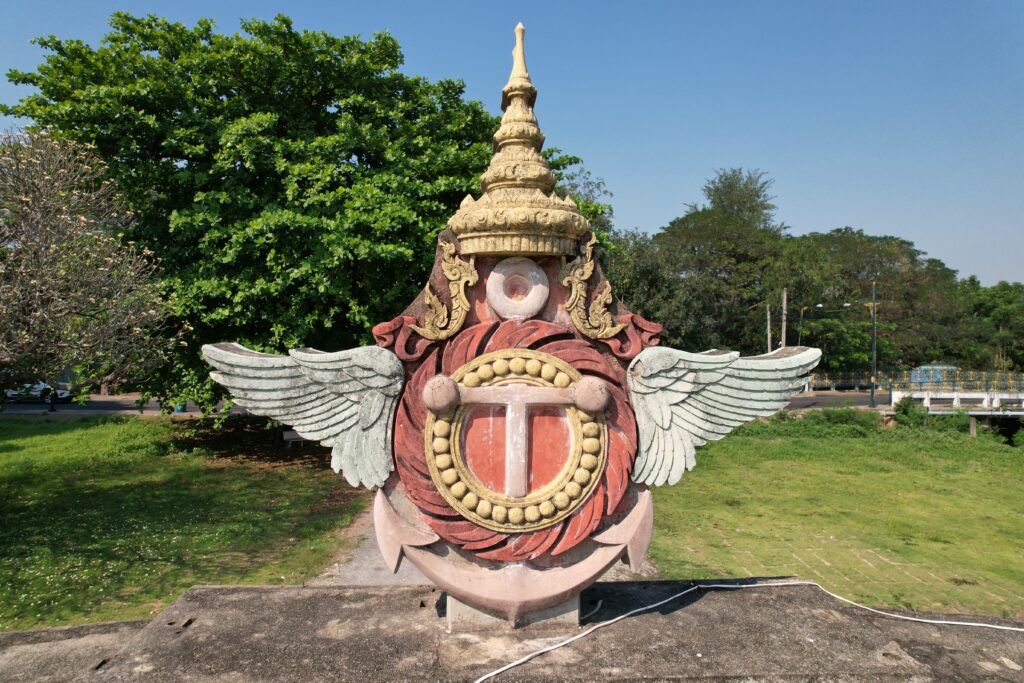
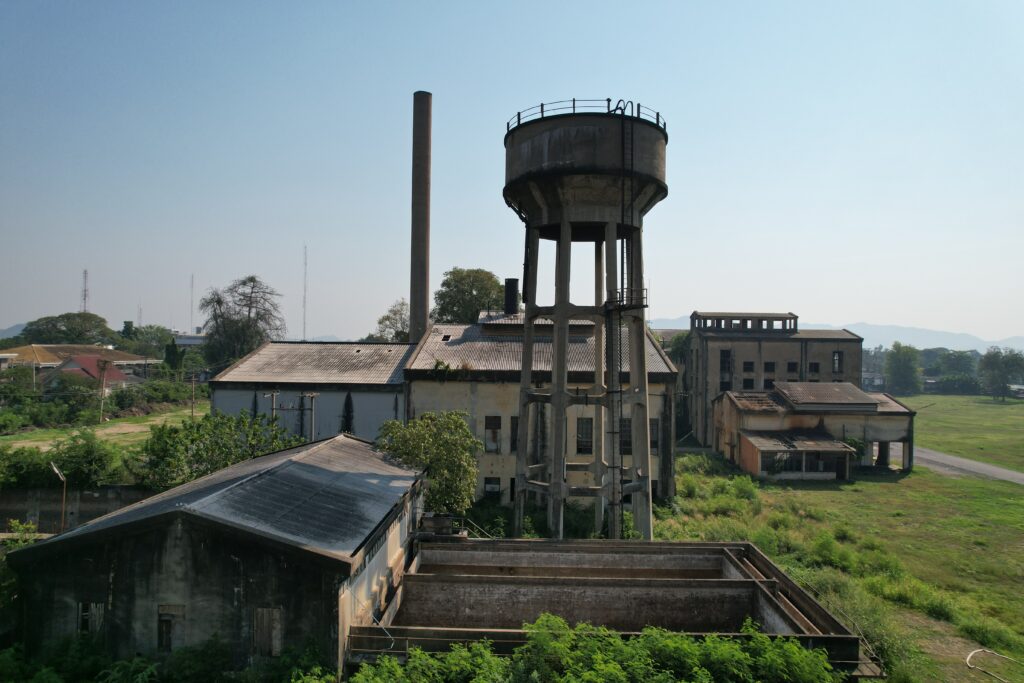
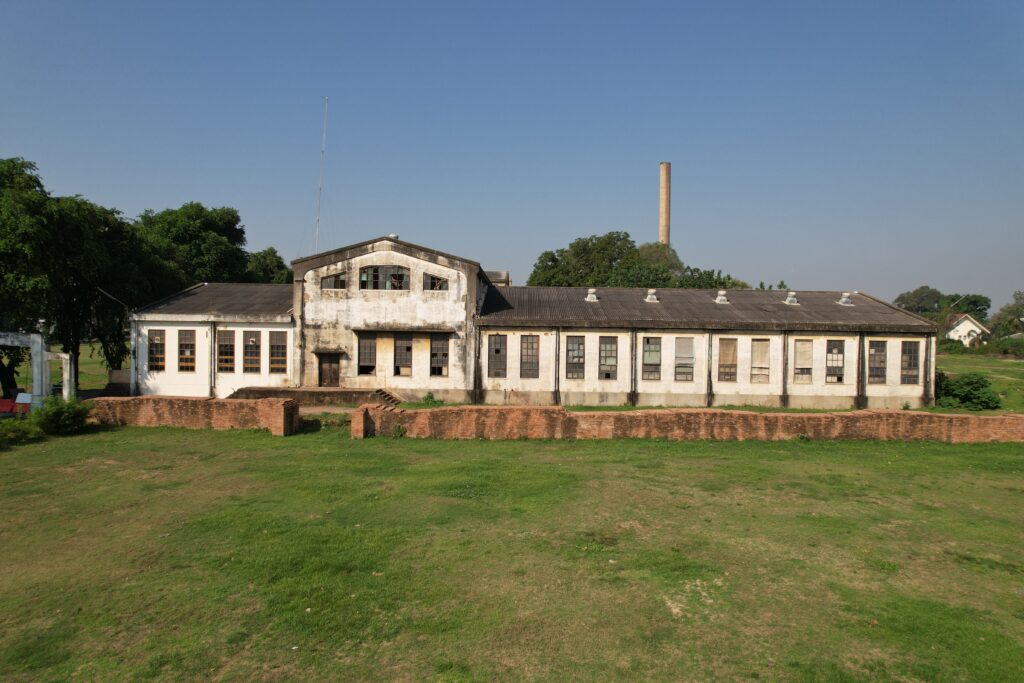
This facility was used as the movie set for the Kempetai HQ in The RAILWAY MAN.
https://www.daxward.com/The-Paper-Mill/
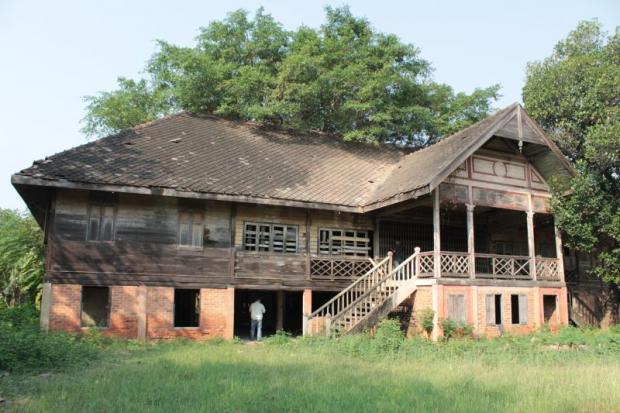
This building is currently undergoing a complete renovation to be the front-piece for this project proposed below.
Richard Barrow:
Modern day re-development project is launched:
อาคารโรงกระดาษไทย กาญจนบุรี เปิดดำเนินการในปี พ.ศ. 2481 โดยโรงงานแห่งนี้ได้ดำเนินกิจการผลิตกระดาษจากไม้ไผ่มาเป็นเวลากว่า 49 ปี จนมาถึงปี พ.ศ. 2530 ต่อมา กรมธนารักษ์ ได้ปล่อยพื้นที่แห่งนี้ใช้เอกชนเช่าประกอบกิจการรีไซเคิลกระดาษด้วยสัญญา 30 ปี จนมาถึงปี พ.ศ. 2561 ภาคประชาสังคมมีรวมตัวกันเรียกร้องให้กรมธนารักษ์ยุติสัญญาเช่าที่ดินกับบริษัทเอกชน ที่กำลังจะหมดสัญญาในเดือนพฤศจิกายน พ.ศ.2561 และต่อมา กรมธนารักษ์ได้ตอบรับความพยายามของภาคประชาสังคมด้วยการยุติสัญญาเช่าที่ดินแปลงนี้กับเอกชน ในเดือนตุลาคม พ.ศ.2561
ในปัจจุบันมีการวางแผนจะพัฒนาเบื้องต้นในรูปแบบวิสาหกิจเพื่อสังคม ที่มีทั้งภาครัฐ เอกชน และประชาชนในจังหวัดเป็นหุ้นส่วนกลไกการขับเคลื่อน โดยที่จะพัฒนาพื้นที่ โรงงานกระดาษไทย ด้วยแนวคิด ภูมิบ้าน ภูมิเมืองกาญจน์ ซึ่งเป็นแนวคิดในการสืบสานและนำเสนอจุดเด่น 4 ภูมิของกาญจนบุรี คือ ภูมิศาสตร์ที่ดี ภูมิทัศน์ที่งดงาม ภูมิประวัติที่ยาวนาน และภูมิธรรมที่น่าบอกเล่า เพื่อเป็นการปูทางไปสู่ทิศทางการพัฒนาของจังหวัดกาญจนบุรีในอนาคต ร่วมกับการนำเสนอประวัติศาสตร์ความเป็นมาและความผูกพันธ์ระหว่าง โรงงานกระดาษไทย กับ คนเมืองกาญจน์ รวมถึงการนำเสนอคุณค่าทางสถาปัตยกรรมโบราณสถาน เพื่อเป็นการสร้างความภาคภูมิใจและสร้างมูลค่าให้กับ โรงงานกระดาษไทย พร้อมทั้งยกระดับการท่องเที่ยวของ จังหวัดกาญจนบุรี
“Opened in 1938, the Kanchanaburi Thai Paper Mill has been manufacturing bamboo paper for more than 49 years until 1987. The Treasury Department released the area for private renting paper recycling on a 30-year contract until 2018. The contract expires in November 2018. The Treasury Department has responded to civil society efforts by ending this lease on the plot of land with the private sector.
At present, it is planned to develop preliminary in the form of social enterprises, with both the public, private and provincial people as driving partners. Per King Bhumibol Adulyadej, which is the concept of continuing and presenting the four hallmarks of Kanchanaburi: good geography, beautiful landscape, long history paving the way for the future development of Kanchanaburi Province, together with the presentation of history and bonding between Thai Paper Mill and the people of Kanchanaburi, as well as presenting architectural values of archaeological sites to create pride and value while enhancing tourism of Kanchanaburi province.
PROJECT: INTERIOR ARCHITECTURE DESIGN PROPOSAL FOR THAI KANCHANABURI PAPER MILL
TO PHUM MUANG KAN LEARNING CENTER
“The Thai Kanchanaburi Paper Mill” located in Kanchanaburi, Thailand is an ancient building which has been built for eighty-two years. This building used to be important to develop and to bring the prosperity to Kanchanaburi in terms of society, economy, technology, utilities, and ideas until the paper mill had been shut down and convert to be rent by private company for more than thirty years. According to the previous situations, it makes Kanchanaburi people realize that this building is very important to them, so they want to reclaim it to be public again and will develop this building to meet the Kanchanaburi people’s ways of life in the present. Consequently, “Phum Muang Kan” will be the area that can open up new opportunities for youth and local people to appreciate the values of the ways of life, culture and wisdom of Kanchanaburi.
“Phum Muang Kan” is the Interior Architectural design project that will bring “The Thai Kanchanaburi Paper Mill” to modify patterns of use and perceptions towards the building in accordance with the change of Kanchanaburi people’s way of life which the goal is to be a combination of modern development and cultural development in one area, In order to spark ideas for Kanchanaburi’s youth to let them see the opportunity that can build on ideas in terms of lifestyle, art and culture of Kanchanaburi’s people that can lead to create a strong idea foundation in the development of all sectors of Kanchanaburi Province.
Furthermore, this project is including of the spaces that will be the important contribution to develop economics, society, art, culture, education, and tourism that will meet the desire of citizen, investor, and government. This project focus on existing Kanchanaburi’s wisdom in different areas by analyzing the traditional lifestyle of Kanchanaburi’s people and then adjust into the format of activities which will encourage the development and present the existing Kanchanaburi’s wisdom in the new and unique identity. In addition, this project is consisting by many functions which including of Exhibition center, Workshop and Co-Learning space, Cultural café & restaurant, art gallery, Concert hall and View tower which has been designed under the concept of “New in Old”, the design of the new extension to change the form of use of the original interior space to be completely changed, to adding more dimensions to perceive the existing interior space that make the building experiences more interesting and memorable by using materials that are contrast with existing interior space to make people see the beauty of weathering also to present the old paper machines and the existing artifacts in the building that is the unique identity of “The Thai Kanchanaburi Paper Mill”.
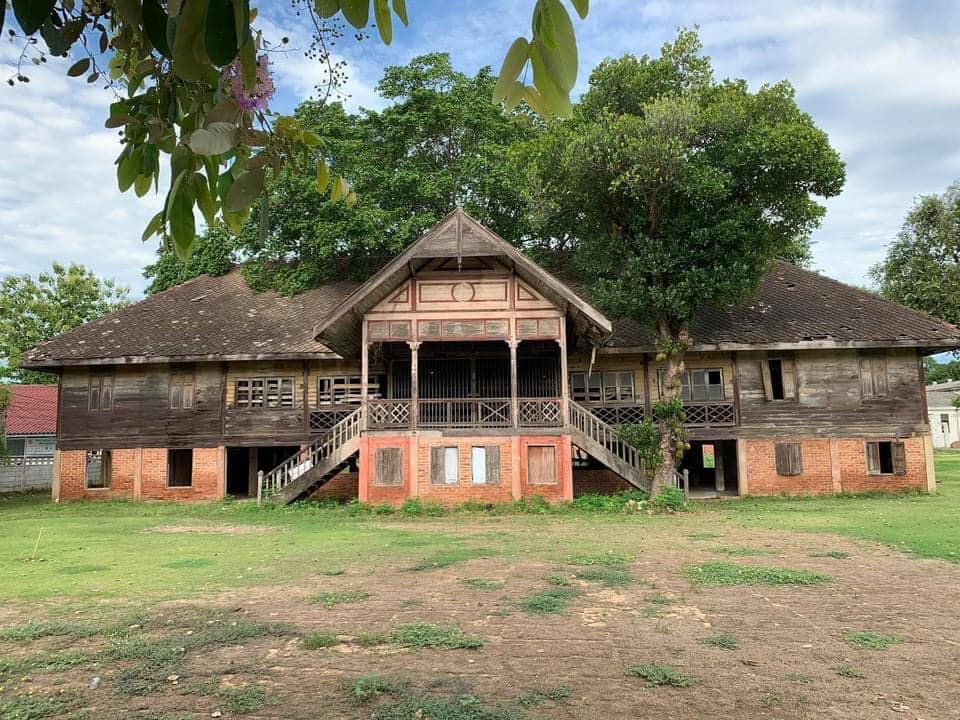
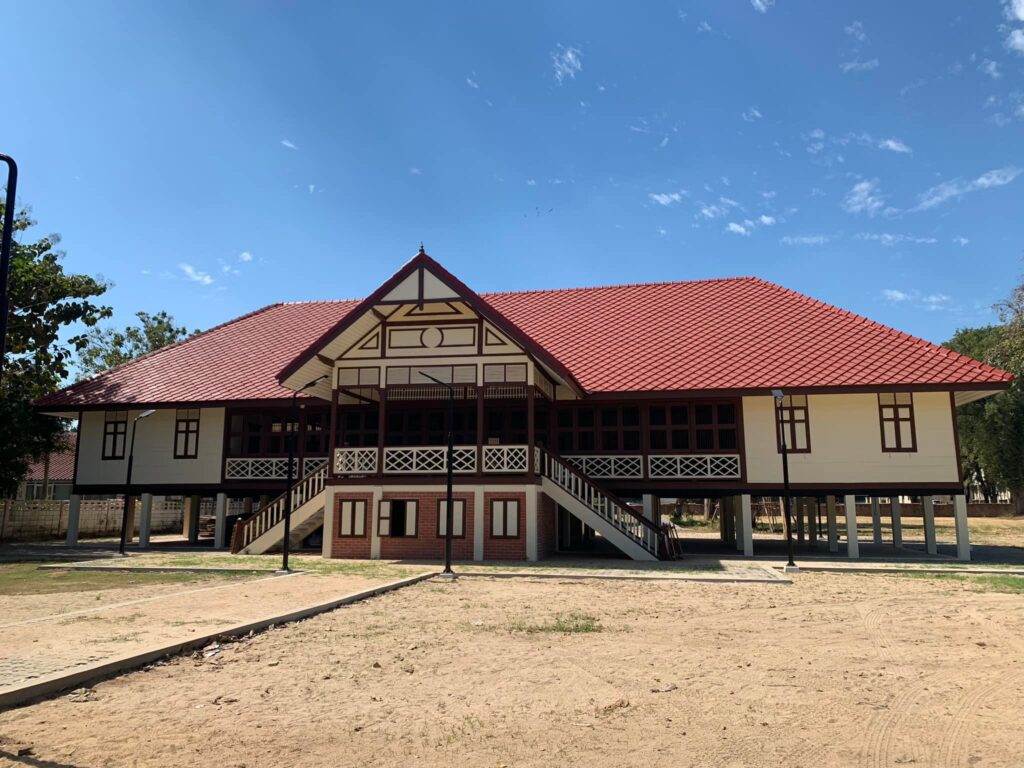
As a side-story to this side story, there is a low brick stone wall skirting much of the property. Per the plaque at the factory entrance this was an extension of city wall that was built by Mon craftsman when the city of Kanchanaburi was moved from its former location near LatYa after the fall of the Thai capitol city of Ayuthaya.
